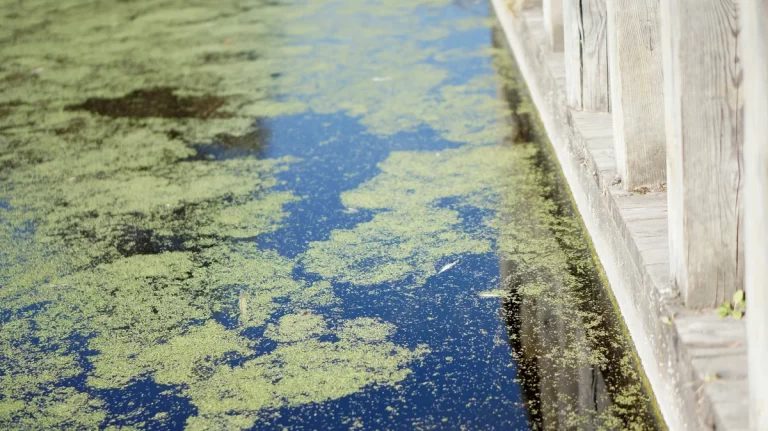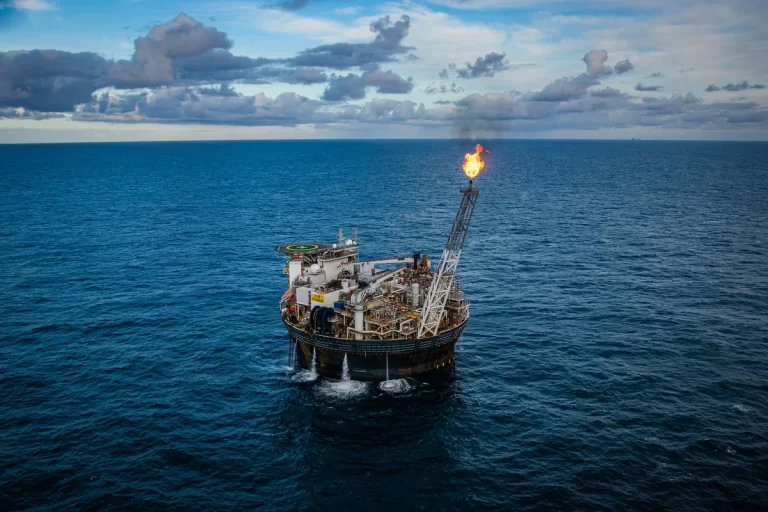
Phase I Desk Top Study for Contaminant Assessment – Where should you start?
Phase I Desk Top Study Key Elements
A key tool in Environmental Consultancy’s armoury is the Phase I Desk Study for oil and gas contamination which entails a preliminary risk assessment that seeks to evaluate the potential for contamination arising from historical oil and gas activities (abstraction/separation and refinery crude oil fractionation and gas /condensate processing) for any site facility. It involves reviewing existing information regarding the site’s history, geology, and environment to identify potential sources of contamination and assess the risks they pose to human health and to the environment at large both terrestrial and marine.

Phase I Desk Top Study Key Elements
Key elements of Staterra’s Phase I Desk Top Study include:
- Historical Review: Examining KSA historical maps, aerial photographs available on Google Earth, and other records to identify past historical site use, including any potential oil and gas operations, storage tanks, or distribution centres.
- Environmental Setting: Assessing the site’s geology particularly for Eastern Province KSA coastal areas, hydrogeology/hydrology (groundwater directional flow), and proximity to sensitive receptors including surface watercourses (wadis) or proximal residential areas.
- Potential Sources: Identifying potential sources of contamination, such as underground storage tanks, pipelines, or former oil and gas processing facilities.
- Conceptual Site Model: Developing a preliminary model that outlines potential pathways for contaminants to migrate and affect receptors (e.g., soil, groundwater, humans utilising in Phase III Modelling tools such as AERMOD/CALPUFF/MODFLOW and eFLOW).
- Risk Assessment: Evaluating the likelihood and potential severity of contamination and determining if further investigation (Phase II Intrusive Site Investigation – SI) is required.
Staterra’s Phase I Desk Top Study Importance
- Regulatory Compliance: Phase I studies are often required for planning applications, property transactions, and development projects to ensure compliance with contaminated land (Brownfield) regulations.
- Cost Savings: By identifying potential contamination issues early on, a Phase I study can help avoid costly remediation efforts in later stages of the project.
- Risk Mitigation: The study helps to understand and manage the risks associated with contaminated land, protecting human health and the environment.
In the context of oil and gas, a Phase I Study may specifically look for:
- Historical oil and gas exploration or production: This could include crude oil abstraction well sites, crude or product transfer pipelines, or processing facilities.
- Underground storage tanks: For fuel or other petroleum distillate products.
- Spills or leaks: From past operations or maintenance activities.
- Ground gas: Such as methane, which can be associated with oil and gas activities.
Conclusion: A Phase I desk study is a crucial first step in addressing potential contamination issues on a site, helping to ensure safe, sustainable and responsible oil and gas site development both onshore and offshore.

So exactly what is a Staterra Phase 1 Desk Study?
So to further amplify, a Phase 1 Desk Top Study is a preliminary risk assessment that evaluates the presence of contamination, its nature, and the extent of it in both in the x, y, z axis on any development or expansion for an oil and gas site.
Evaluation of the site’s environmental setting is also completed to identify possible environmental and human receptors and ultimately to assess Plausible Pollutant Linkages (PPL’s).
Typically, a desk study is completed in tandem with a Site Preliminary Inspection Audit Walkover Survey completed by one of our Staterra Environmental Field Engineers, although it is possible to conduct a desk study without a walkover.
A desk study report, inclusive of the valuable information gathered regarding the site, enables an effective and cost-efficient intrusive ground investigation to be developed as part of Phase II objectives.
So what is the Phase 1 Desk Study Report Composed of ?
A Phase I Desk Study is always completed at the initial stages of a site assessment to inform a site investigation report. This exercise can also include a visual survey of the site, also known as a site walkover survey as alluded to above.
Important information compiled in the report may include any or all of the following elements depending upon the level of detail and confidence required:
- Archaeological & Heritage Considerations: Preliminary assessment of archaeological significance using National Monument Records.
- Brine Subsidence Risk: Investigation of potential ground subsidence in areas with historical brine extraction i.e. coastal areas employing MECO Reverse Osmosis Units for desalination ops.
- Ecological & Environmental Constraints: Preliminary ecological assessment using walkover surveys and Saudi Natural Centre for Wildlife databases.
- Flood Risk Assessment: Review of flood potential using Saudi Regulatory Authority – MEWA records.
- Geological Conditions: Assessment of both solid and drift geology through Saudi Geological Survey maps and borehole data.
- Groundwater Vulnerability: Classification of aquifer status and potential contamination risks via MEWA resources.
- Invasive Plant Species Survey: Identification of invasive species (e.g., Japanese Knotweed) through walkover inspections Saudi Wildlife Authority (SWA).
- Landfill & Waste Site Proximity: Identification of active or historic landfill sites within 500m of the location using NCEC or RCJY regional and local authority records.
- Local Authority Consultation: Engagement with Environmental and Planning Units to gather site-specific regulatory insights.
- Petroleum Storage & Contamination Risks: Records search via the Petroleum Licensing Officer for evidence of fuel storage or leaks.
- Planning & Development History: Examination of local authority planning portals for past applications and site approvals.
- Radon Risk Assessment: Evaluation of radon exposure potential based on UK Health Security Agency and BGS data.
- Seismic Activity: Examination of earthquake records within a 1km radius based on Saudi Geological Survey reports.
- Slope Stability Analysis: Identification of landslide or erosion risks through site inspections and topographic assessments.
- Subsidence & Ground Stability: Evaluation of subsidence risks using geological maps, borehole indexes, and on-site surveys.
Information Utilisation for any Phase I Desk Top Study
Information on Potential Contaminants of Concern or issues for consideration are often obtained from a range of sources which include:

Saudi Regulatory Authority Guidance:
The Ministry for the Environment , Water and Agriculture (MEWA), the National Centre for Environmental Compliance (NCEC) and the Royal Commission for Jubail, Yanbu, Al Khair and Jizan (RCJY) provide executive guidance, framework and best practices for pollution identification and soil and groundwater and coastal marine and offshore marine environmental protection.
For further guidance, please refer to our recently published Saudi Arabia Environmental Permitting Guide.
International Environmental Guidelines:
The World Bank Group Environmental, Health, and Safety Guidelines (EHS Guidelines) are technical reference documents of Good International Industry Practice (GIIP). They are comprised of the General Environmental, Health, and Safety (EHS) Guidelines and Industry-Sector EHS Guidelines. The World Bank’s IFC Performance Standards on Environmental and Social Sustainability are a set of eight standards that guide private sector investments in developing countries. These standards aim to ensure that projects avoid, minimise, and mitigate potential negative impacts on workers, affected communities, and the environment. They are a core part of the IFC’s sustainability framework and risk management approach.
The following is a breakdown of the eight WB IFC Performance Standards:
- Performance Standard 1: Assessment and Management of Environmental and Social Risks and Impacts: This standard emphasises the importance of a comprehensive environmental and social assessment to identify potential risks and impacts, as well as the need for an Environmental and Social Management System (ESMS).
- Performance Standard 2: Labour and Working Conditions: This standard focuses on fair treatment of workers, safe and healthy working conditions, and addressing risks in the supply chain.
- Performance Standard 3: Resource Efficiency and Pollution Prevention: This standard addresses the efficient use of resources like energy and water, and the prevention of pollution.
- Performance Standard 4: Community Health, Safety, and Security: This standard focuses on ensuring the health, safety, and security of communities affected by the project.
- Performance Standard 5: Land Acquisition and Involuntary Resettlement: This standard addresses the potential displacement of people and communities due to land acquisition for the project.
- Performance Standard 6: Biodiversity Conservation and Sustainable Management of Living Natural Resources: This standard focuses on protecting biodiversity and sustainably managing natural resources.
- Performance Standard 7: Indigenous Peoples: This standard aims to ensure that projects minimise negative impacts on indigenous populations and promote culturally appropriate development benefits.
- Performance Standard 8: Cultural Heritage: This standard focuses on protecting cultural heritage from the adverse impacts of project activities and promoting its preservation.
These standards are interconnected and work together to promote sustainable development and responsible investment
Why choose Staterra?
Your specialist Contaminated Land Consultant is part of a dedicated team of Chartered professional engineers who have been successfully gaining Saudi regulatory approval (Permit to Construct – PtC & Permit to Operate – PtO) for over a decade on behalf of oil and gas clients throughout the MENA Region and GCC Countries, ensuring that their sites are safe and compliant places to develop, live, and work.
Staterra’s Phase 1 Desk Studies are expertly prepared by experienced environmental engineering consultants committed to providing clients with technically robust solutions. Our Phase I Desk Top Reports are specifically tailored to meet client-specific plans for any site expansion and/or redevelopment, both brownfield and greenfield, addressing all potential contamination risks and Saudi NCEC or RCJY compliance regulatory requirements.
Our team has extensive experience, including:
- Phase I & II Environmental Site Assessment for Dammam Data Center – DataVolt.
- Phase I & II Environmental Site Assessment for Uthmaniyah GOSP-12 – Saudi Aramco.
- Phase I & II Environmental Site Assessment for Inma Steel Site – Al Turki Holding.
- Site assessments for Saudi Methanol Company (Ar Razi) – SABIC.
- Site assessments for Saudi Petrochemical Company (SADAF) – SABIC.
- Site assessments for Saudi Arabian Fertilizers Company (SAFCO) – SABIC.
- Phase 1 site assessment for Uthmaniyah GOSP-9.
- Phase 1 and 2 site assessments for SEC-Ghazlan power generation plant.
In the coming days, we will also be discussing Phase II and Phase III assessments, so stay tuned! If in the meantime you’d like to learn more about how Staterra can assist with your contaminant assessment needs simply contact us.
For those interested in learning more about the next stage of the site assessment process, please find out more in our latest post, dedicated to Phase II Intrusive Site Investigation.
Author: John David Lapinskas C.Chem., C.Env. – Staterra Technical Director
